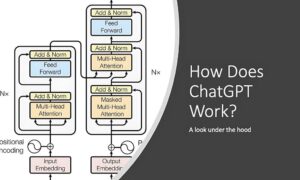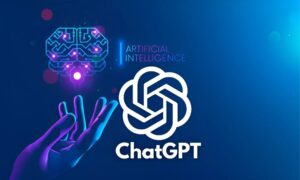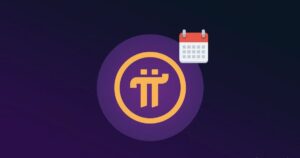Chat GPT is a groundbreaking innovation in the field of artificial intelligence, renowned for its human-like natural language processing capabilities. This tool has unlocked numerous opportunities in content creation, education, and research. However, alongside its outstanding advantages, Chat GPT also comes with notable limitations.
1. The origin of the term “GPT”
The term “GPT” first emerged in 2018, developed and released by OpenAI, a U.S.-based artificial intelligence research organization. Since then, many other projects have implemented similar models, but OpenAI’s GPT series remains the most prominent and highly regarded in the AI field.
Notably, OpenAI has confirmed that “GPT” is a branded term. The company has taken steps to trademark “GPT” for use in artificial intelligence applications to protect its copyright and the commercial value associated with its products.

Currently, users can access Chat GPT for free, powered by the GPT-3.5 model. This option is popular due to its intelligent processing capabilities and accessibility. However, for those seeking to experience more advanced features offered by GPT-4, a subscription plan costing $20 per month is required. This premium plan provides users with greater opportunities to harness the potential of artificial intelligence in learning, work, and content creation.
2. What does GPT stand for?
GPT stands for “Generative Pre-trained Transformer,” an advanced technology in the field of natural language processing (NLP). GPT belongs to the class of large language models (LLMs) and is built on deep neural networks with billions of parameters.
ChatGPT made a significant impact when integrated into ChatGPT, a highly innovative chatbot capable of interacting and responding like a human. Thanks to this capability, GPT has become a top-tier partner for many businesses and individual users worldwide.
3. How does GPT work?
During its initial training phase, GPT is provided with an enormous dataset, including articles, books, and web pages collected from the internet. The goal of this phase is to train the model to predict the next word in a sentence based on the preceding context. This process enables the model to develop a general understanding of language, grammar, and context.
After pre-training, the model undergoes fine-tuning with more specific datasets. This allows GPT to achieve high performance in specialized contexts, such as customer support interactions or processing legal documents.

When a user inputs a question or prompt, GPT breaks the content into smaller units called tokens. Tokens can be single characters or complete words. The model then uses an attention mechanism to evaluate the importance of each token within the specific context.
Based on the context, GPT generates new text by predicting the most likely next word. This process is carried out step-by-step, where each token considers the preceding ones, continuing until the text is complete.
4. Advantages and limitations of ChatGPT
4.1. Advantages of ChatGPT
- ChatGPT has the ability to understand and respond to complex questions by providing natural, coherent, and human-like answers.
- This tool is widely used across various fields, including customer service, education, content creation, programming, and research.
- The success of ChatGPT has driven significant investments in AI startups and related projects, even within the cryptocurrency sector, with the emergence of AI-focused initiatives.
- ChatGPT helps users write articles, generate creative ideas, and support effective learning through its ability to summarize, analyze, and explain detailed information.

4.2. Limitations of ChatGPT
- ChatGPT doesn’t truly “understand” the content it generates. Its responses are based solely on the patterns in the training data, which can sometimes lead to inaccurate or nonsensical information.
- Some versions, such as GPT-3.5, have limited knowledge of events after 2021, making it challenging to address questions requiring up-to-date information.
- The model may produce errors or inappropriate responses if the input questions are unclear or the training data contains biases.
- Advanced models like GPT-4 require subscription fees, which may pose a barrier for certain user groups.
While not perfect, ChatGPT remains a valuable and versatile tool in various domains. Understanding its strengths and weaknesses allows users to leverage it more effectively. The key is to use it as a powerful assistant rather than a complete replacement for human reasoning.















